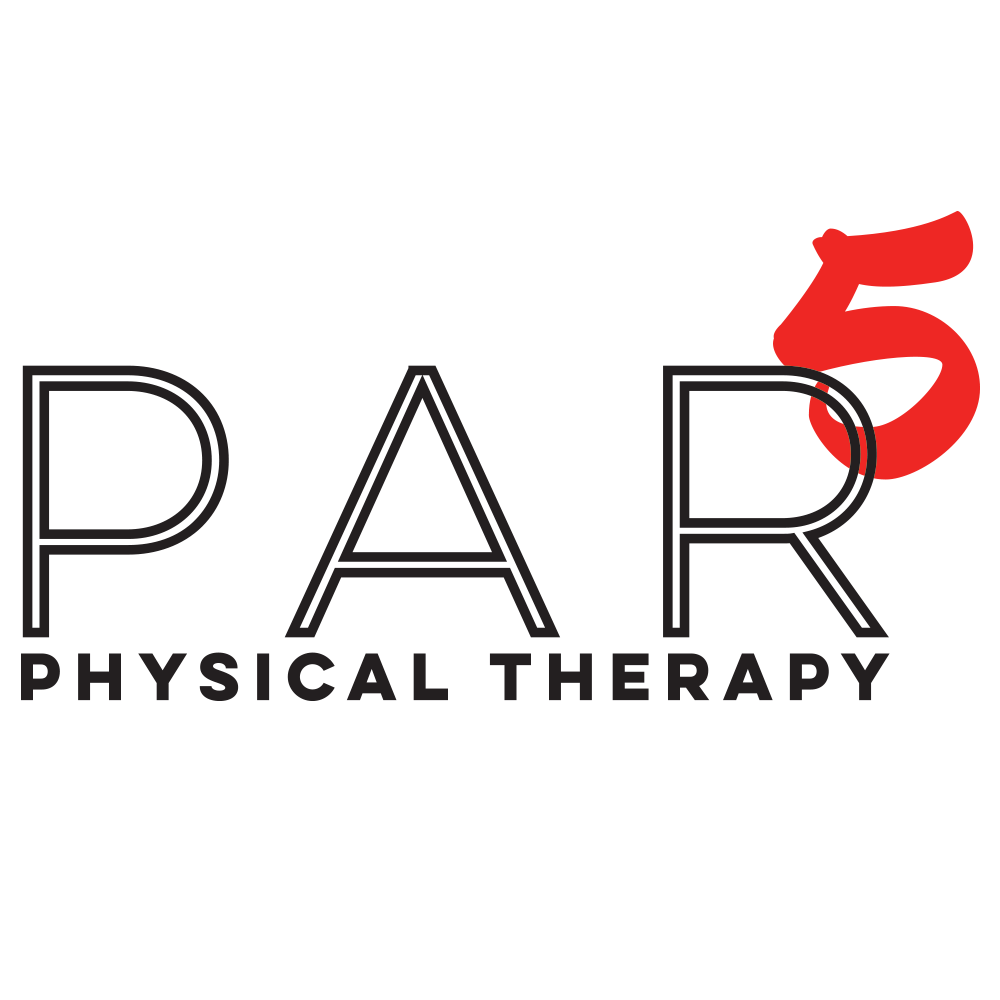Coordination: The fourth PAR5PT pillar
Coordination, as one of the core pillars of the PAR5PT framework, is essential for achieving smooth, efficient, and controlled movements. Coordination involves the ability to execute complex movements involving multiple muscle groups and joints, ensuring that all parts of the body work together harmoniously.
This pillar is critical for both everyday activities and athletic performance, playing a key role in everything from simple tasks to intricate sports maneuvers. It incorporates the first three pillars: mobility, stability, and balance to create movement in order to accomplish a task or goal.
Importance of Coordination
Coordination is vital for several reasons:
Injury Prevention: Good coordination helps prevent injuries by ensuring proper movement patterns and reducing the risk of falls and mishaps.
Enhanced Performance: Athletes and active individuals rely on excellent coordination to perform at their best, whether it’s hitting a tennis ball, executing a gymnastics routine, or running efficiently.
Functional Movement: Everyday tasks such as walking, writing, cooking, and driving require good coordination to perform efficiently and safely.
Skill Acquisition: Learning new motor skills, whether for sports, hobbies, or daily activities, depends on the ability to coordinate movements effectively.
Neurological Health: Coordination exercises stimulate the brain and nervous system, promoting overall neurological health and cognitive function.
Factors Affecting Coordination
Several factors can influence an individual's coordination:
Neuromuscular Control: The nervous system’s ability to coordinate muscle activity is essential for coordination. Impaired neuromuscular control can lead to poor movement patterns.
Muscle Strength and Endurance: Strong and enduring muscles provide the foundation for controlled and coordinated movements.
Proprioception: The body’s ability to sense its position in space is crucial for coordinating movements accurately.
Sensory Integration: The ability to integrate sensory input from vision, touch, and proprioception is key to smooth and coordinated movement.
Practice and Experience: Repeated practice and experience improve motor learning and coordination over time.
Techniques to Enhance Coordination
We use a variety of techniques to improve coordination, tailored to the specific needs of each patient. These techniques include:
1. Motor Learning Exercises
Purpose: Enhance the ability to learn and execute complex motor skills.
Method: Activities that require precise movements, such as playing catch, juggling, or practicing dance steps, help improve motor learning and coordination. These exercises often involve repetition and progressive difficulty to enhance skill acquisition.
2. Hand-Eye Coordination Drills
Purpose: Improve the synchronization between visual input and motor output.
Method: Exercises such as ball tosses, catching, and dribbling enhance hand-eye coordination. Tools like reaction balls and coordination ladders can also be used to challenge and improve visual-motor integration.
3. Agility Training
Purpose: Enhance the ability to change direction quickly and efficiently.
Method: Agility drills, such as cone drills, ladder drills, and shuttle runs, improve coordination and the ability to move quickly and accurately. These exercises help develop quick reflexes and the ability to respond to changing environments.
4. Cross-Body Movements
Purpose: Improve the ability to coordinate movements across the midline of the body.
Method: Exercises such as marching with arm swings, crawling patterns, and cross-body punches enhance coordination by engaging both sides of the body. These movements help improve bilateral coordination and integration.
5. Balance and Stability Exercises
Purpose: Improve overall control and coordination by enhancing balance and stability.
Method: Activities like standing on one leg, using balance boards, and performing stability ball exercises help develop the coordination needed to maintain balance and control during movement.
6. Functional Movement Training
Purpose: Improve coordination during everyday activities by mimicking real-life movements.
Method: Exercises that simulate functional tasks, such as reaching, bending, lifting, and squatting, help improve coordination in a practical context. These exercises often involve multiple joints and muscle groups, enhancing overall movement efficiency.
7. Proprioceptive Training
Purpose: Enhance the body’s ability to sense its position and movement in space.
Method: Exercises such as proprioceptive neuromuscular facilitation (PNF) stretching, balance board activities, and closed-eye movements improve proprioception and coordination. These exercises help the body develop a better sense of spatial awareness and control.
8. Rhythmic and Timing Exercises
Purpose: Improve the timing and rhythm of movements.
Method: Activities such as clapping to a beat, using a metronome during exercises, and rhythmic dancing enhance the ability to coordinate movements with timing and rhythm. These exercises help develop a sense of timing and improve the fluidity of movements.
9. Plyometric Training
Purpose: Enhance explosive strength and coordination during dynamic movements.
Method: Plyometric exercises, such as jump squats, box jumps, and burpees, involve rapid and powerful movements that require precise coordination. These exercises help improve the ability to coordinate high-impact and explosive actions.
Incorporating Coordination into a Comprehensive Plan
In the PAR5PT framework, coordination is integrated with the other pillars—mobility, stability, balance, and manual therapy—to create a comprehensive treatment plan. This ensures that improved coordination translates into better overall function and performance.
It is a critical component of the PAR5PT philosophy, essential for preventing injuries, improving performance, and ensuring functional movement. By addressing coordination through various techniques and integrating it into a holistic treatment plan, PAR5PT can help patients achieve greater control, synchronization, and fluidity in their movements.
Embracing the pillar of coordination within the PAR5PT framework ensures that patients receive comprehensive care that addresses their unique needs and promotes long-term health and well-being. This approach not only addresses immediate concerns but also provides a strong foundation for future physical activities and overall quality of life.
PAR 5 Physical Therapy specializes in helping active individuals in Morris County, NJ get back to exercising and working out pain-free without taking time off or relying on injections/pain medication. PAR5PT offers physical therapy and performance services to all populations, with specialties in Orthopedics, Golf Fitness Training and Rehab, Manual Therapy Techniques, and Wellness Services.
If you’re dealing with anything, big or small, and you have questions, just call/text 973-490-4955.

